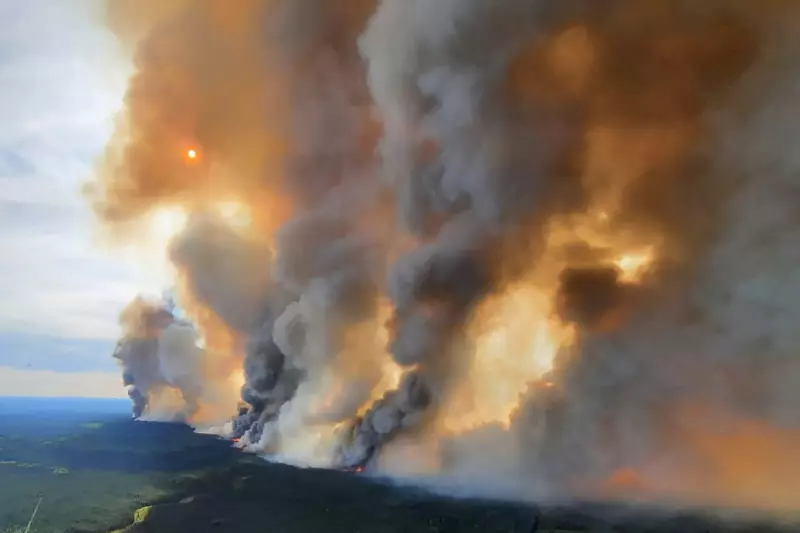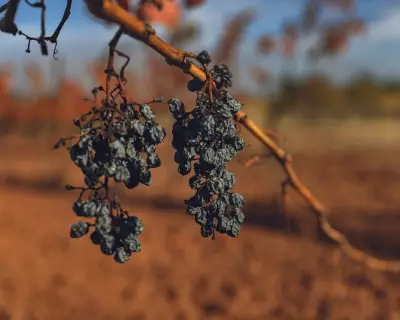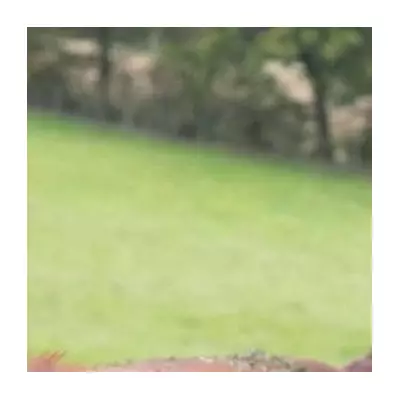
The Unprecedented Donnie Creek Blaze
In May 2023, a single lightning strike ignited the dense forests of Donnie Creek, British Columbia, sparking what would become one of the most devastating wildfires in the province's recorded history. The conditions were primed for disaster after an unusually dry autumn and warm spring had transformed the lush boreal landscape into a highly flammable tinderbox.
By mid-June, the inferno had expanded to cover an area nearly twice the size of central London, making 2023 the worst year for wildfires in Canada's history. What made this blaze particularly alarming wasn't just its initial ferocity, but its refusal to die when winter arrived.
The Rise of Zombie Fires
When cold weather and snow typically signal the end of fire season, the Donnie Creek fire continued burning beneath the surface. Insulated by snowpack, it smouldered underground through the freezing months, only to reemerge the following spring as what scientists call a "zombie fire."
This resurrected blaze continued burning until August 2024, ultimately destroying more than 600,000 hectares (1.5 million acres) of precious forest. These overwintering fires, sometimes betrayed by plumes of steam rising from bubbling ground in frozen forests, were once rare occurrences in boreal regions spanning Canada, Siberia and Alaska.
Professor Lori Daniels from the University of British Columbia explains the severity: "It is a massive problem. Zombie fires, also called holdover fires, are fires that move into the organic soil matter and smoulder. It's a very slow, but hot, combustion through a prolonged period and then they resurface."
Ecological Consequences and Climate Impact
The implications of these persistent fires extend far beyond immediate forest destruction. Current estimates indicate that while only about 15% of the northern hemisphere sits atop permafrost, these frozen soils contain roughly twice as much carbon as currently exists in our atmosphere.
Professor Daniels highlights the devastating cycle: "These boggy soils take hundreds to thousands of years to accumulate the carbon that is stored in the organic soil layers. In some cases, it's burning right down to the rock. Over a very short period of time, we are combusting all of this ancient carbon into the atmosphere."
The ecological damage is profound. Unlike ordinary fires that allow forests to regenerate quickly, zombie fires create intense, prolonged burns that destroy seed banks in the soil. What remains are mineral soils composed mainly of sand, clay and silt, making natural regeneration extremely difficult.
Patrick Louchouarn, a professor at Ohio State University, warns: "This has the potential to become really problematic. The more of the permafrost dries out and some of those organic, rich soils dry out in the Arctic, and the more you increase the temperature, there's greater possibility for that fuel to be ready to burn."
The pattern continued into 2025, with fire season starting early again in Canada. By mid-September, 8.8 million hectares (21 million acres) had burned across hundreds of fires nationwide, many likely originating from zombie fires that carried over from previous years.
For communities in affected regions, the psychological impact is significant. Professor Jennifer Baltzer from Wilfrid Laurier University notes: "It adds to the stress that people in these ecosystems are facing. Usually the winter is the season where you can feel like you're safe from fire."
Scientists are now racing to develop better detection methods using satellite imagery, while fire crews face the unprecedented challenge of working year-round to contain blazes that no longer respect seasonal boundaries.





